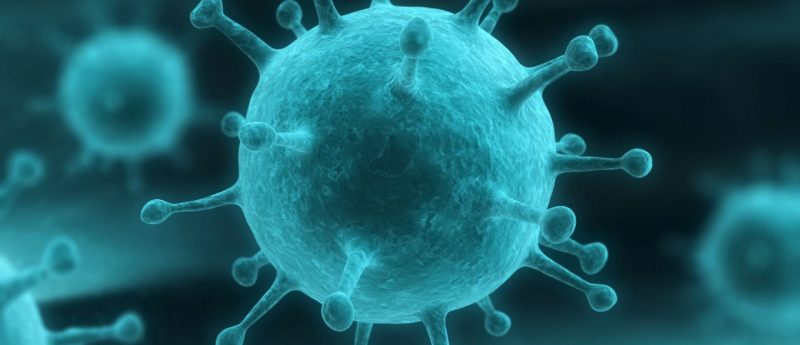Gold standard: potential new assay to detect influenza virus

Andrew Cass and a team of researchers at Imperial College London (UK) have developed a new bioassay that is able to detect flu viruses by using aptamers tethered to gold nanoparticles. These aptamers bind to the flu virus, increasing the virus weight, and thus allowing separation.
Whilst existing laboratory-based methods, including viral culture assays and the polymerase chain reaction (PCR), are very sensitive and accurate; they are also costly and time consuming. Additionally, these tests require trained specialist training, rendering them less transferable to the field or remote areas.
It has therefore been necessary to explore simpler, quicker and cheaper field tests for countries such as Vietnam, where livestock and the spread of disease are close to home. According to the World Health Organization, in the most recent outbreak of avian flu from Asia, millions of chickens were culled and 393 people died. These viral outbreaks could be reduced with the help of earlier diagnosis going forward.
The new bioassay is better suited to field tests, as it uses aptamers that are more resilient to denaturation and 1000-times cheaper to produce. The aptamers, which in this case are single-stranded RNA, are conjugated with gold nanoparticles and bind to a specific target in a similar way to antibodies.
The aptamers recognize and bind to the hemagglutinin protein on the flu virus forming a gold nanoshell on the viral envelope that makes the flu virus denser. The bound virus can then be separated out in a portable centrifuge.
The easy separation of the denser bound hemagglutinin in combination with the gold color produced by the nanoparticles makes for a clearly visible endpoint, that doesn’t require laboratory equipment.
“Spinning the gold coated viruses down with an electric whisk gives you excellent discrimination in complex and somewhat dirty samples,” explained Cass (Imperial College London). In nasal or gastrointestinal swabs, color changes alone may not work as the samples can be dirty; this is why the team focused on mechanical properties instead.
Giovanna Marrazza, a biosensors expert from the University of Florence (Italy) commented: “This is further evidence of how creative use of aptamers can lead to a valuable new clinical test.”
Going forward, the test should ultimately allow owners of livestock to carry out routine field tests to detect the virus before infections become well established and symptoms prevail.
Sources: Aptamers and gold nanoparticles whisked up to spot influenza; Lee TT, Adamiak B, Benton DJ, et al. Chem. Commun., 50(98), 15533–15536 (2014).





